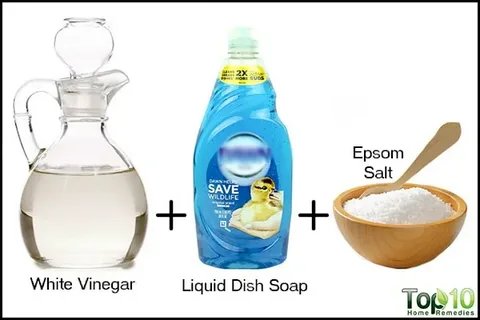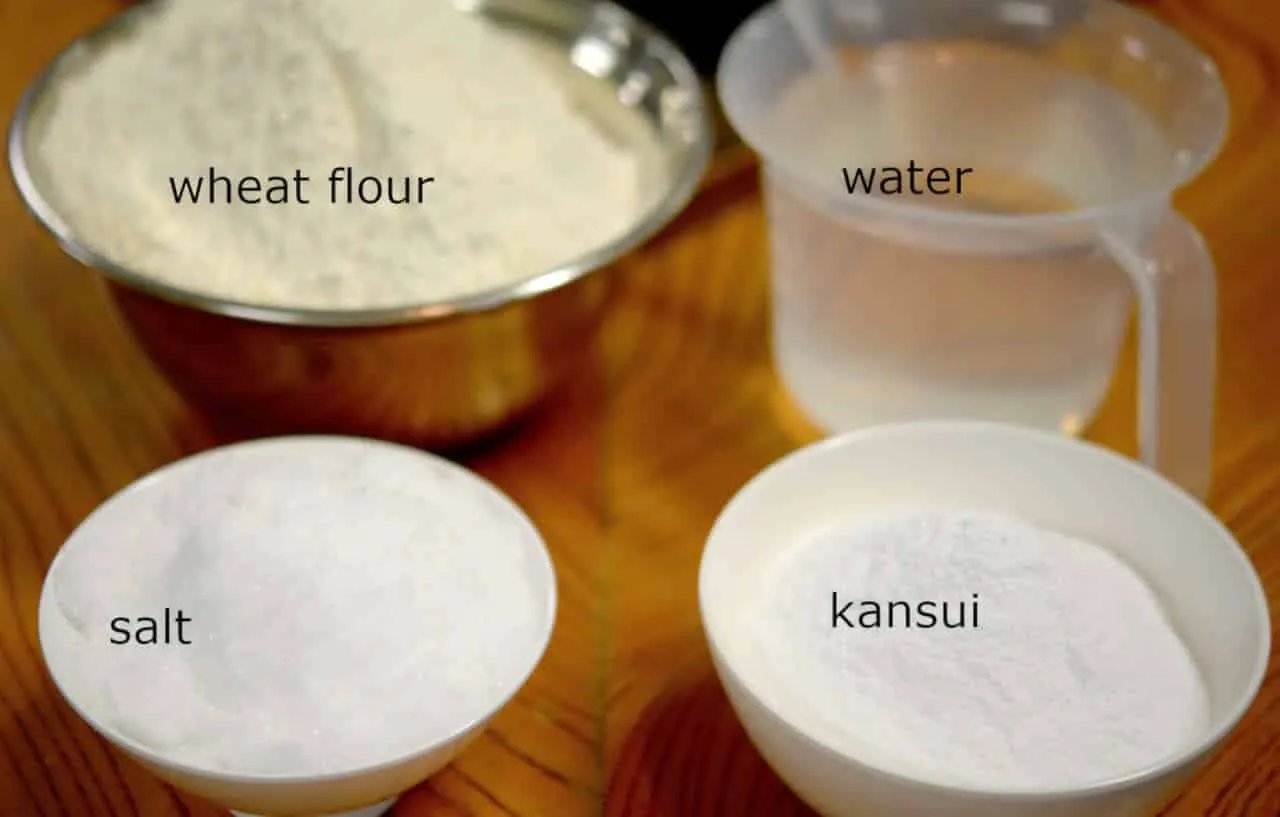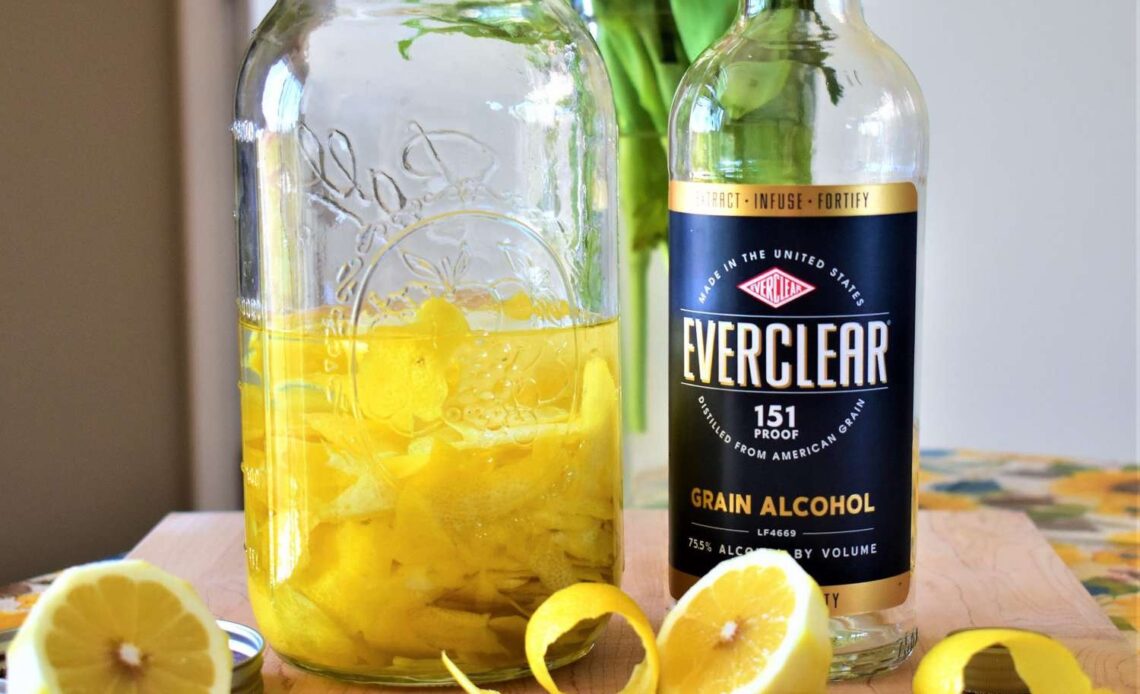Stains on your favorite clothes can be incredibly frustrating, especially when they seem impossible to remove. Whether it’s a splash of wine at dinner, an accidental pen mark, or deodorant buildup under the arms, these everyday accidents can ruin your wardrobe. Fortunately, you don’t need harsh chemicals or expensive cleaners to tackle these issues.
**Natural ingredients like lemon, salt, vinegar, baking soda, and hydrogen peroxide** can work wonders. In this guide, we’ll show you **how to remove stains from clothes using simple, natural combinations**—most of which you probably already have at home.
Let’s break down how to treat the most common types of stains using **easy, effective DIY stain removal methods**.
## ✍️ Pen Stain Removal: Alcohol + Lemon

### Why It Works:
Pen ink contains pigments and solvents that bind quickly to fabric fibers. Alcohol acts as a solvent that dissolves ink, while lemon’s natural acidity helps break down the pigment.
### Method:
1. Soak a cotton ball or cloth in **rubbing alcohol**.
2. Dab the stain gently—**don’t rub**, as it may spread the ink.
3. Squeeze a bit of **fresh lemon juice** directly onto the spot.
4. Let it sit for 10–15 minutes.
5. Rinse thoroughly and wash the garment as usual.
### Bonus Tip:
For stubborn pen stains, repeat the process or apply a small amount of **toothpaste** with the alcohol for added effectiveness.
## 🍷 Wine Stain Removal: Salt + White Vinegar
### Why It Works:

Salt absorbs moisture and pigment, while **white vinegar** breaks down the tannins found in red and white wine.
### Method:
1. Blot the stain with a paper towel to remove excess wine.
2. Sprinkle a generous amount of **salt** over the stain.
3. Pour a small amount of **white vinegar** over the salt.
4. Let the mixture sit for 30 minutes.
5. Rinse with cold water and launder as usual.
### Bonus Tip:
Don’t use hot water—it can set the stain. Always act quickly for best results.
## 🍳 Grease Stain Removal: Flour + Hot Water + Soap
### Why It Works:

Grease is hydrophobic, meaning it resists water. However, **flour** helps absorb the oil, and **hot water mixed with dish soap** breaks down and lifts it from the fabric.
### Method:
1. Sprinkle **all-purpose flour** directly onto the grease stain to absorb as much oil as possible.
2. Let it sit for 15–20 minutes, then brush off the flour.
3. Mix **hot water with mild soap** (preferably dish soap).
4. Apply the soapy mixture to the area and gently rub with a soft brush or cloth.
5. Rinse and wash in warm water.
### Bonus Tip:
Cornstarch can also be used instead of flour for faster absorption.
## 🧼 Deodorant Stain Removal: Baking Soda + Water
### Why It Works:
**Baking soda** is a mild abrasive and natural deodorizer. It neutralizes odors and lifts sweat-based yellow or white stains commonly caused by deodorants and antiperspirants.
### Method:
1. Mix **baking soda** with water to form a thick paste.
2. Apply the paste to the stain and scrub gently with a toothbrush.
3. Let it sit for 30–60 minutes.
4. Rinse thoroughly with cold water and wash as usual.
### Bonus Tip:
Add a drop of **lemon juice** to boost whitening if dealing with old, set-in stains.
## ☕ Coffee Stain Removal: Hydrogen Peroxide
### Why It Works:
**Hydrogen peroxide** is a natural bleaching agent that breaks down the brown pigments in coffee without damaging light-colored fabrics.
### Method:
1. Blot up as much of the fresh coffee spill as possible.
2. Apply **hydrogen peroxide (3%)** directly to the stain.
3. Let it bubble and sit for 5–10 minutes.
4. Rinse with cool water and wash normally.
### Bonus Tip:
For dark fabrics, dilute the peroxide with water (1:1) to avoid fading the color.
## 🔁 Summary Table of Stain Removals
**Stain TypeIngredientsHow It Works**PenAlcohol + LemonDissolves ink and lifts pigmentWineSalt + VinegarAbsorbs liquid and neutralizes tanninsGreaseFlour + Hot Water + SoapAbsorbs oil and breaks down fatsDeodorantBaking Soda + WaterNeutralizes and scrubs buildupCoffeeHydrogen PeroxideBleaches and lifts pigments
## 🌿 Why Choose Natural DIY Stain Removers?
1. **Eco-Friendly:** No harmful chemicals go down your drain.
2. **Cost-Effective:** Most ingredients are already in your kitchen.
3. **Safe:** Gentle on fabrics and your skin.
4. **Customizable:** You can adjust proportions based on stain severity.
## 🚫 Common Stain Removal Mistakes to Avoid
– **Rubbing aggressively:** Can spread the stain or damage fabric fibers.
– **Using hot water on protein or dye-based stains:** Hot water can set stains like blood or wine.
– **Skipping a patch test:** Always test on a hidden area, especially when using hydrogen peroxide.
– **Drying before the stain is fully gone:** Heat from a dryer can make a stain permanent.
## 👚 Extra Tips for Tough or Set-In Stains
– **For old stains**, repeat the stain removal process twice before giving up.
– Mix natural methods with **oxygen-based bleach** for an extra boost (on whites).
– Soak garments overnight in a solution of **baking soda and warm water** for stubborn buildup.
